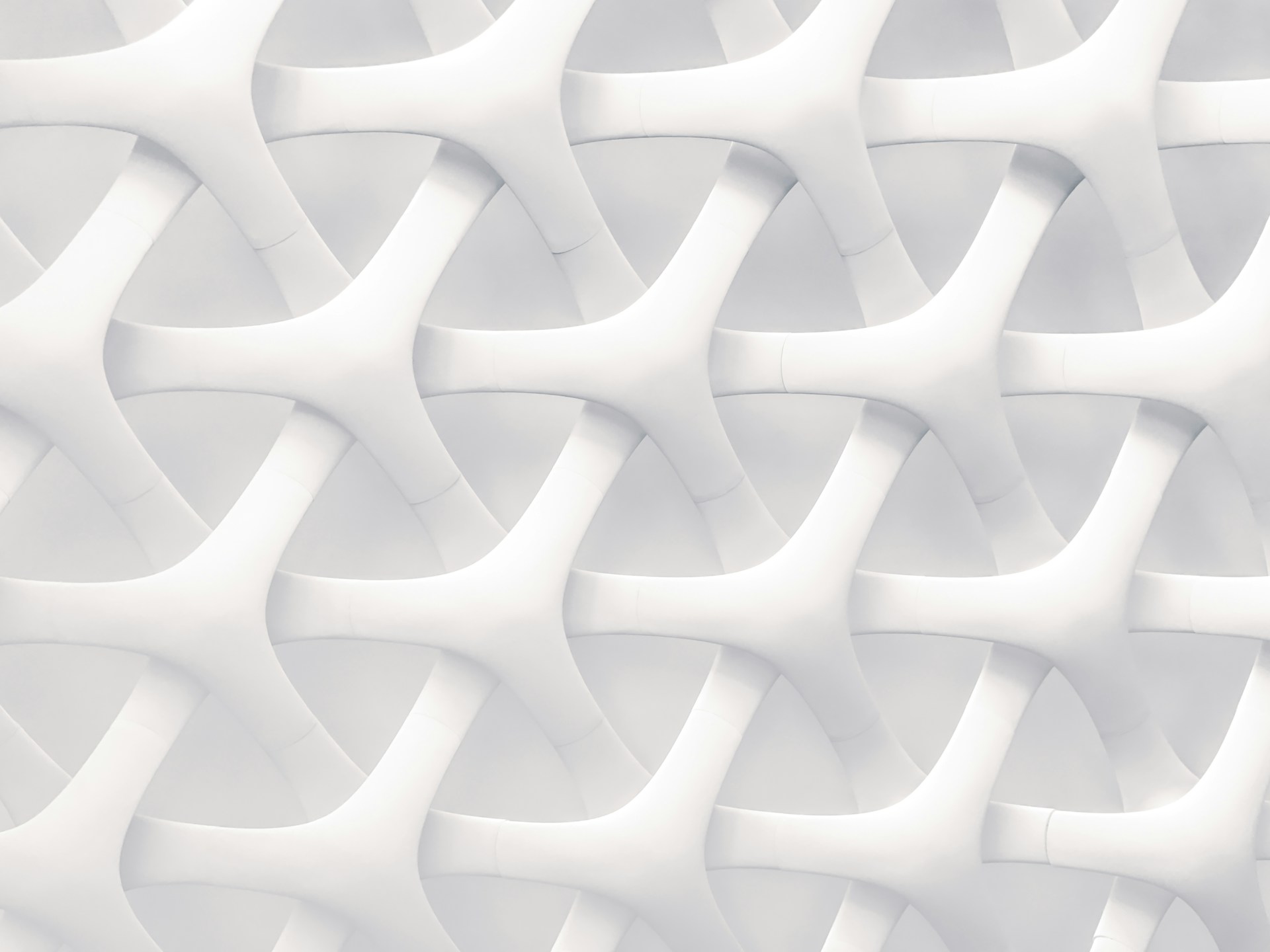
The Energy Efficiency
of a building is the extent to which the energy consumption per square meter of floor area of the building measures up to established energy consumption benchmarks for that particular type of building under defined climatic conditions.
Building energy consumption benchmarks are representative values for common building types against which a building’s actual performance can be compared.
The benchmarks
are derived by analysing data on different building types within a given country.
The typical benchmark is the median level of performance of all the buildings in a given category and good practice represents the top quartile performance.
Comparisons with simple benchmarks of annual energy use per square metre of floor area or treated floor area (kWh/m2 /annum) allow the standard of energy efficiency to be assessed and priority areas for action to be identified.
Benchmarks are applied mainly to heating, cooling, air-conditioning, ventilation, lighting, fans, pumps and controls, office or other electrical equipment, and electricity consumption for external lighting.
The benchmarks used vary with the country and type of building.
The measure
of heat loss through a material, referred to as the U-Value, is also used as a way of describing the energy performance of a building.
The U-value refers to how well an element conducts heat from one side to the other by rating how much the heat the component allows to pass through it.
They are the standard used in building codes for specifying the minimum energy efficiency values for windows, doors, walls and other exterior building components.
U-values also rate the energy efficiency of the combined materials in a building component or section.
A low U-value indicates good energy efficiency.
Windows, doors, walls and skylights can gain or lose heat, thereby increasing the energy required for cooling or heating.
For this reason, most building codes have set minimum standards for the energy efficiency of these components.




The main benefit
from measures to improve energy efficiency buildings is lower energy costs, but there are usually other benefits to be considered too.
Energy efficiency measures are meant to reduce the amount of energy consumed while maintaining or improving the quality of services provided in the building.
Among the benefits
likely to arise from energy efficiency investments in buildings are:
Reducing energy use for space heating and/or cooling and water heating
Reduced electricity use for lighting, office machinery and domestic type appliances
Lower maintenance requirements
Improved comfort
Enhanced property value.




We can advise
on ways to improve the energy efficiency of your property.




